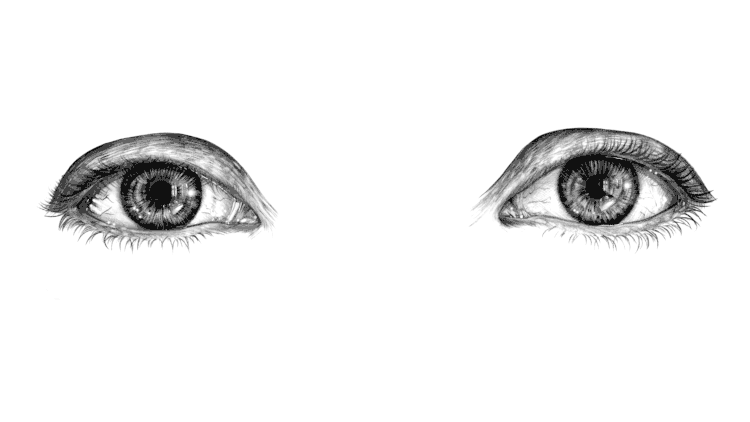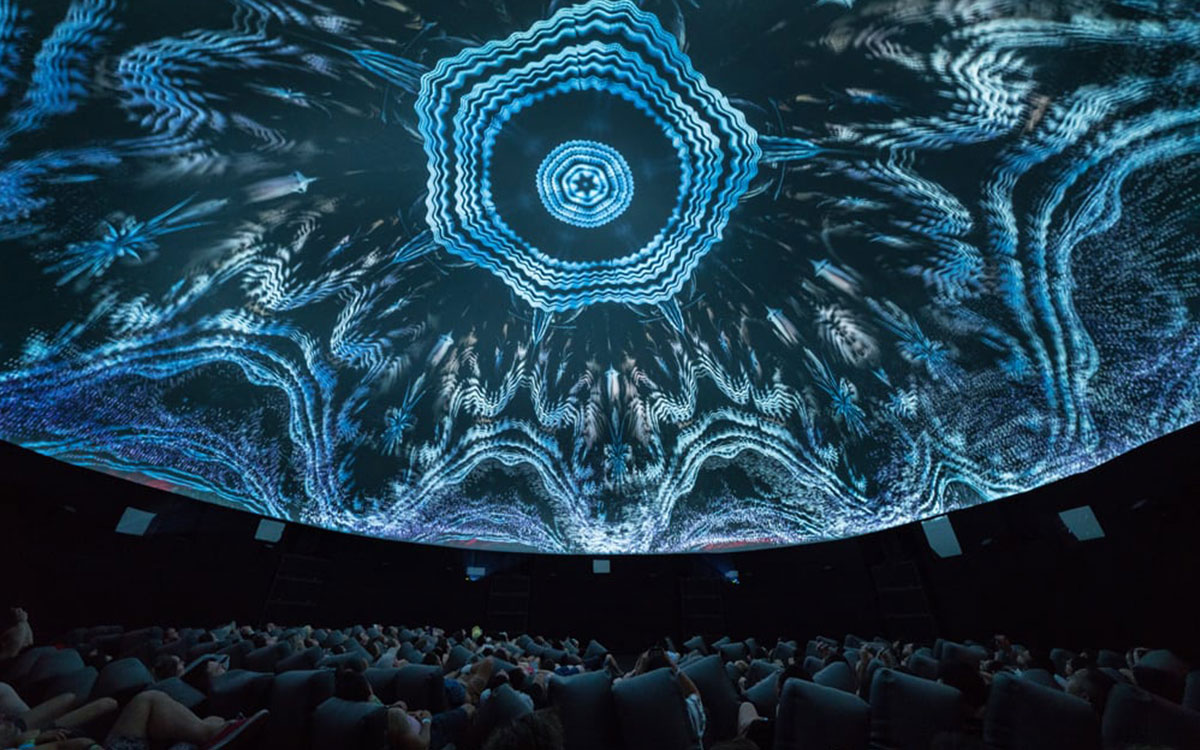At the start of this decade, artists were eager to find a new medium. At the end of this decade, they’ve found innovative and immersive ways to curate, present, and showcase their art to millions in a way that’s adaptable to the artist’s output and creative process.

For the post-millennial society, digital art has become a natural and credible alternative to the traditional means of the creation of art. It has made the production of art, and thereby the presentation itself, easier and much more accessible to the general public. In addition, the introduction of immersive technologies has forged a new way to experience art as a story.

As we review the dramatic way in which the equipment in an artist’s studio has changed, we also turn an eye to the importance that presentation of art holds and how immersive technologies have helped to make this experience much more natural in the 21st century.
The advent of the ‘Digital Age’ and its contribution to the art
The digital age has begun in the 1960s and brought its own peculiar challenges. With the introduction of the personal computer and enhancement of audio and visual software, artists found themselves in an opportunistic environment but also faced the hurdle of learning the capabilities and adapting to the limitations of this new medium. Some gave up, but some persisted, and we saw a revolutionary breakthrough in digital art in the 21st century. We saw the ease with which artists let us into their creative world.
Every piece that an artist creates is different from the rest, as it presents a new way of thinking and a different mindset. Some days, an artist may require another surface to work on, and a different color tone to work with. However, as the digital age made its mark, the technologies mentioned above adapted to the artist’s requirements.

With the same stylus, artists were able to choose different brush types, pressures, and colors, eliminating the need for acquiring extensive resources. As they were not using different canvases or papers, all pieces that an artist made could be ‘saved’ in the same place. Similarly, all creations could now be presented at the same ‘art gallery’ as artists began to host digital exhibitions, post films on video-sharing platforms, and distribute music with ease on the internet.
However, as we entered the 2000s, the landscape of digital art became even more exciting as computer engineers, and professional artists shook hands to introduce better and revolutionary software and further gauge the potential that the personal computer brought with it.
The development of modern digital art software
As art encompasses not just the traditional paint and brush, but also the vast domains of film making, music creation, and game development, hence the number of contemporary software and genres of art available to artists is massive. A few of them deserve mention in any discussion about digital art, as the impact that they’ve had on the artistic atmosphere is unarguably significant.
Zbrush
ZBrush was developed by the company ‘Pixologic Inc’ and is a digital sculpting tool that integrates modeling, texturing, and painting in 3D & 2.5D.
It incorporates everything that you have to get your start and positively shape the world of digital sculpting and painting. These highlights are streamlined into a bundle that is receptive to artists of all experience levels. With ‘ZBrushCore,’ you can shape, paint, and make about anything you may envision.
TouchDesigner
It is a node-based visual programming language for interactive content, which is real-time in nature, developed by Derivative.
It has a broader audience as it is used by creative artists and programmers alike.
Unity and Unreal Engine
Both game engines are suites of integrated tools used to develop visualizations and gaming in 2D, 3D, AR, and VR forms.
They have made ripples in the game development world, as they were introduced by giants in the gaming industry: Unity Technologies and Epic Games, respectively.
Resolume VJ Software
Resolume pertains to Avenue and Arena Media Server. Avenue is an instrument for VJs, AV performers, and video artists.
Avenue puts all visual and audio media and effects right at the VJ’s fingertips – they ‘can quickly play and improvise their live visuals. Arena, on the other hand, has features provided by Avenue, but also includes advanced and premium options for projection mapping and blending projectors. It can be controlled from a lighting desk and can be synced to the DJ via SMPTE time-code.
The ever increasing immersiveness of expressive art with VR, AR, and projection domes!
The first step was Augmented Reality, which lets us add digital elements to our live view in a camera lens via a smartphone or similar device. The next step was Virtual Reality, where users wear headsets and immerse in a fantasy that is completely isolated from the physical world. And Projection Domes: the most refined way of presenting art in its true form – as a real-life experience

Projection domes provide a fully immersive 360 degrees environment, where you stand inside the dome, and art is all around you. Spectators use all five senses to experience what the artist has experienced, hence revolutionizing the way that the role of an audience of different forms of art. Digital art that is created in pixels presents an opportunity for spectators to breathe in a visual masterpiece, a film, or a catchy beat as it encompasses their entire existence inside of the dome.

All these technologies not only shut out the physical world but let artists create a digital and exciting world themselves. Just imagine being surrounded by interactive art modules and immersing in the sounds coming around from all directions – literal chills! Hence it is without a tinge of doubt that immersive technologies – the likes of which we described, are indeed the future of art as we know it.
